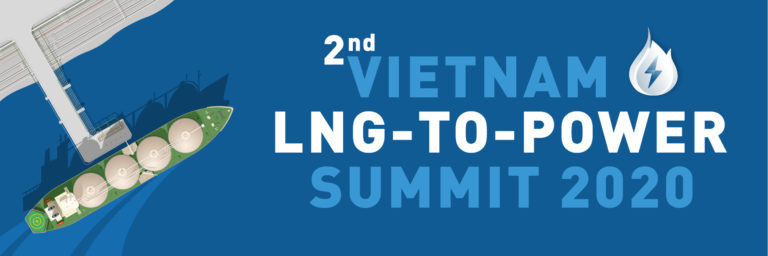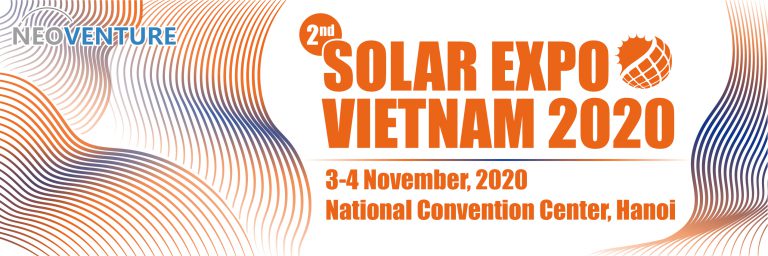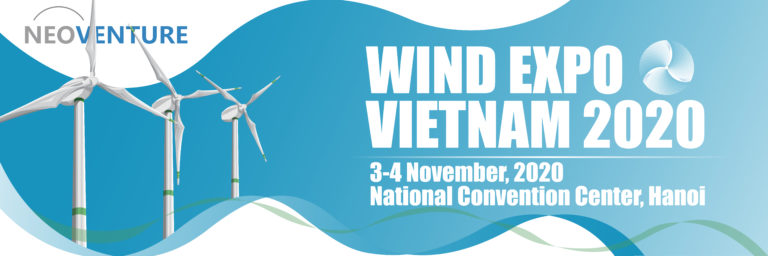VIETNAM SOLAR DEAL TRANSACTION OUTLOOK
It has been 14 months since the announcement of the PM’s decision 11 that gives big FiT incentive for solar power development in Vietnam. Despite the challenges, we see the market quickly become the main focus of most of the key solar power stakeholders in the world. Investors, developers, contractors, OEMs were rushing into Vietnam with confidence and high hope to secure acquisition and supply deals, but that hope doesn’t last long. There are some successful deals in the market, but most of the players are still struggling fixing their first deal in the country’s solar power sector after more than one year of hard work. Neoventure is closely following Vietnam’s renewable energy market since the end of 2016 and this briefing is to review and to forecast the transactions of solar power deals in Vietnam and this outlook is solely focus on the investment and acquisition activities.
Review of the Deals
Vietnam, with no difference to others, is full of challenges for international investors to develop a solar power project by themselves. Lack of transparency, prolonged permitting process, land, and the tight timeframe to catch the 30 June 2019 deadline are just some of the key challenges among others. In regards to this, most international investors prefer to acquire a project that has already achieved certain development milestones and to carry forward the development with the support of a capable and well-connected local developer. Developing a greenfield project with the objective of securing the FiT is simply too risky, there’re some many things that can go wrong during the process. Shapoorji Pallonji and Sunseap are 2 of the main players are follows this route.
We’ve seen some deals with the partnership between local developers and international investors and let’s take Phong Dien 1 project as a reference. GEC, with TTC Energy, Armstrong, and IFC on board, is surely one of the golden-boy in this market. The Phong Dien 1 project is among the first bunch of projects approved in the master plan by MOIT in the first half of 2017, but the PPA is still pending by the time of release of this article. With strong financing background of TTC Group, Phong Dien 1 secured at least part of the financing from the local bank with the interconnection approval, but for other deals, will they also succeed in securing the debt financing without the PPA? This is still a big question mark.
So, fixing the investment partnership with the local developer is just the start of the journey, there’re three key milestones to be achieved in time before the construction of a project.
1. LURC by a deadline (similar to the deadline to secure the PPA and construction permit) 2. PPA & Construction Permit by July 2018 (Currently, there’re 6 PPAs signed with the total capacity of approx. 219MW in An Giang, Ninh Thuan, Binh Thuan, Dak Nong respectively) 3. FC by end of August or early September 2018 (if FC can’t be reached in time, the investor shall not rule out the possibilities of using owner’s equity to start the construction before FC)
Current Investment Scenario
With the 30 June 2019 FiT deadline, time is surely not on developer and investor’s side. It won’t be wise for the investor to look at a random deal at this stage. Investors shall bet on the projects that may achieve all the legal permits before July 2018. Then, how such project shall look like now? LURC shall be in place and FS is pending the final approval by MOIT. If the FS is still ongoing in May/June, it’s a bit too challenging for the project to get the PPA signed in time, and no international investors can start the construction of a project in Vietnam without PPA.
For most international investors, they are still focusing on the FiT projects, they will come in with a premium after PPA is secured. For such deals, the developer will take all the land the permitting risk, and the closing premium is ranging from 5-11 cents per Wp depending the technical and commercial basics of each deal. For this type of investors, they only have 1 or maximum 2 months of investment window (close by July at the latest) to fix a deal in the market and they have to be very competitive in terms of the investment proposal since there’re less deals available compared to the capital.
There’re other investors that are looking at the long run for solar power development in Vietnam. They are willing to share the land and permitting risk with the local partner, so they may start greenfield development or jump in after the master plan approval with a local partner and to share the cost afterwards. For such deal, investors are willing to acquire with a premium around 2-3 cents per Wp, which is a bit lower than most local developer’s expectation, cos most local developers still think they can get the FiT so they want to sell high. For this type of investors, they may wait till Q3/Q4 of 2018 for aggressive acquisitions of the projects that failed to achieve the key milestones for the FiT.
Neoventure’s Perspective
From Neoventure’s perspective, we believe most FiT deals will happen in June and July at the latest, while post-FiT deals will come up from Q4 2018. Among the 7 GW of projects approved in the master plan, around 4 GW will never happen and around 1.5-2 GW may be involved with an international investor, the rest are EVN’s projects and a very small number of capable local IPPs.
Neoventure is dedicated to support keen investors and developers for successful development and investment in Vietnam’s renewable energy projects. For further information regarding the market, please send you inquiries to flora@neoventurecorp.com.
Upcoming Events


